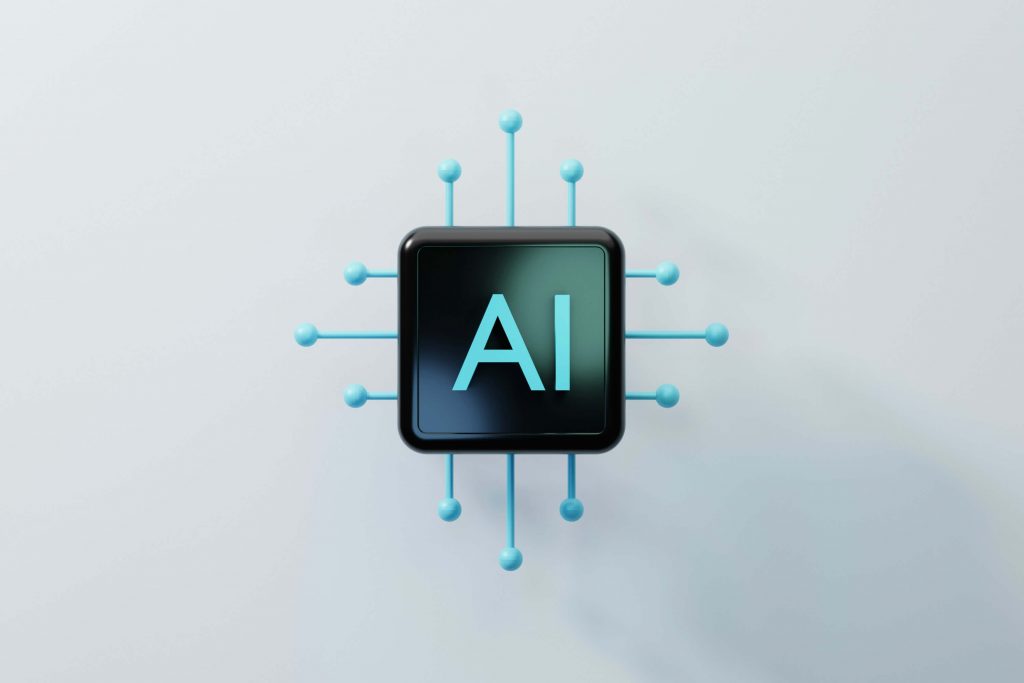What are LLMOps and why are they relevant? Discover how LLMOps are transforming the management of large-scale language models. In this article, we explore their role in product lifecycle management and LLM-based software development and provide a practical guide to optimizing every stage of the lifecycle for these advanced models.


By Guillermo Amorin
Generative Artificial Intelligence, also known as GenAI, is revolutionizing technology applications in nearly every industry, and even more rapidly, the software industry itself.
This groundbreaking innovation is driven by large-scale language models, known as LLMs, which excel in natural language processing (NLP). These models, trained on vast amounts of global data, can quickly answer questions, follow instructions, and handle complex tasks like generating code.
Their ability to understand and interact using natural language (voice or text) marks a historic milestone in human-machine communication, making their application attractive for various interactions between IT systems and people, such as chatbots and copilots.
As the use of LLMs grows, so does the need to develop and deploy software faster and more efficiently to meet the diverse needs of each user. This is where the concept of LLMOps comes into play.
Explore our AI-powered software development & copilot services!
What Are LLMOps in Software Development?


LLMOps (Large Language Model Operations) refers to a set of best practices, tools, and workflows that accelerate the development, deployment, and management of large-scale language models throughout their lifecycle.
DevOps, MLOps, and their influence on LLMOps
DevOps (Development Operations) is an evolving framework and philosophy promoting practices for better application development in less time and the rapid release of new or revised software features or products to customers.
MLOps (Machine Learning Operations) is an emerging practice that adapts the DevOps philosophy to include the development and deployment of machine learning models and data science, with the goal of automating, optimizing, and managing the entire lifecycle of machine learning models.
Having explained these concepts, it is essential to highlight their impact on LLMOps.
LLMOps build upon MLOps and therefore DevOps to efficiently manage large-scale language models. Their scope includes every stage of the LLMs’ lifecycle, from development, training, and deployment to continuous monitoring and updates.
LLMOps face unique challenges, such as the constant emergence of new models, working with metrics and evaluations, and maintaining optimal performance amidst changes in data, business requirements, and users’ dynamic needs.
Looking for efficient and innovative solutions? Transform your software testing with Abstracta Copilot!
Why are LLMOps important?


LLMOps are essential to managing the lifecycle of large language models comprehensively. This enables models to remain relevant and operational in dynamic production environments, use quality data, evaluate their behavior regularly, and take corrective actions as needed.
To achieve this, LLMOps focus on:
Automation and Software Engineering
LLMOps integrate data science and software engineering to automate operational and monitoring tasks throughout applications’ lifecycles. This improves library management, reduces operational costs, and eliminates repetitive tasks, enabling teams to focus on activities that add the most value to the product.
Effective Communication and Collaboration
Clear processes and defined methods are crucial to achieving effective communication and collaboration among stakeholders. With streamlined workflows, knowledge exchange becomes quicker, more agile, and aligned with project goals.
Optimization and Resource Savings
Techniques like fine-tuning or model quantization reduce computational times and costs. They also allow access to appropriate hardware resources like GPUs.
Data Management
Robust practices simplify data management by ensuring datasets are acquired, cleaned, and used effectively for tasks like fine-tuning.
Scalability and Monitoring
Scalability is vital in software development. LLMOps facilitate scalability through continuous monitoring in environments of integration, delivery, and deployment. These processes foster collaboration, minimize conflicts, and accelerate release cycles.
The Role of Product Lifecycle Management in LLMOps


Effective product lifecycle management for software development for LLM based products is a cornerstone of successful LLMOps. Managing the entire lifecycle of LLM based software development requires a tailored approach to address unique challenges such as handling training data, safeguarding sensitive data, and enabling continuous updates.
By integrating PLM practices, product managers can align workflows with business goals while meeting user expectations. This results in a streamlined software development lifecycle that enables efficient scalability and enhances the key benefits of large language models.
Step-by-Step Guide to Implementing an LLMOps Framework


Implementing an LLMOps framework might seem challenging, but focusing on key aspects makes it easier. Next, we share the main points to consider for successful implementation:
1. Participate in the open-source community
Stay informed about the latest advancements and best practices shared by the community.
2. Manage computational resources and hardware
Facilitate access to specialized GPUs and large datasets for efficient training of LLMs.
3. Continuous monitoring and maintenance
Use monitoring tools and real-world feedback to refine and retrain models when necessary.
4. Data management
Implement software to handle large data volumes, version control, and encryption with access controls.
5. Data preparation and prompt engineering
Regularly perform transformations, aggregations, and duplicate removal to improve data quality.
6. Deployment and disaster recovery
Adapt pre-trained models to specific tasks and maintain regular backups of models, data, and configurations.
7. Ethical model development
Identify and correct biases in data and model outputs.
8. Human feedback
Improve model performance through reinforcement learning with human feedback.
9. Leverage open-source frameworks
Use frameworks like LangChain or LlamaIndex to build efficient pipelines.
10. Optimize model latency
Adjust models to deliver fast, responsive user experiences.
Continuous Improvement in LLM Product Development


The iterative nature of LLM product development relies on continuous improvement cycles. Gathering user feedback and analyzing model outputs are essential steps to refine and optimize model performance.
Unlike traditional software, LLM-based solutions must adapt dynamically to evolving user expectations and shifting data patterns. This feedback loop not only enhances model capabilities but also reinforces trust in applications powered by large language models.
In a Nutshell


LLMOps not only aim to optimize the lifecycle of large-scale language models but also boost their maintenance, security, and regulatory compliance.
By leveraging product lifecycle management for software development for LLM-based products, they address unique challenges like managing training data, safeguarding sensitive data, and adapting to user feedback for continuous improvement.
From automating workflows to managing data and optimizing resources, LLMOps offer an agile and ethical approach tailored to business needs and users. In doing so, they establish themselves as an essential component for maximizing LLMs’ potential, preparing organizations to lead the transformation in human-machine interaction.
How We Can Help You
With over 16 years of experience and a global presence, Abstracta is a leading technology solutions company specializing in end-to-end software testing services and AI software development.
We believe that actively bonding ties propels us further and helps us enhance our clients’ software. That’s why we’ve forged robust partnerships with industry leaders like Microsoft, Datadog, Tricentis, and Perforce BlazeMeter, to create and implement customized solutions for your business applications and empower companies with AI.
Explore our AI software development services! Contact us and join us in shaping the future of technology.
Follow us on Linkedin & X to be part of our community!
Recommended for you
DevOps Automation Explained: Drive Efficiency and Quality Across Your Development Pipeline
Related Posts
Does Bias Mitigation in Prompt Engineering Give Neutral Results?
AI neutrality circulates widely as an ideal, but is such a state actually possible? This article explains the three types of bias in LLMs and how to support stable reasoning inside QA workflows.
Generative AI in Accounting: How to Harness Today’s Growth Potential
Discover how Generative AI in Accounting transforms efficiency and decision-making. See the benefits, challenges, and opportunities and how we can help you.
Search
Contents
Categories
- Acceptance testing
- Accessibility Testing
- AI
- API Testing
- Development
- DevOps
- Fintech
- Functional Software Testing
- Healthtech
- Mobile Testing
- Observability Testing
- Partners
- Performance Testing
- Press
- Quallity Engineering
- Security Testing
- Software Quality
- Software Testing
- Test Automation
- Testing Strategy
- Testing Tools
- Work Culture





